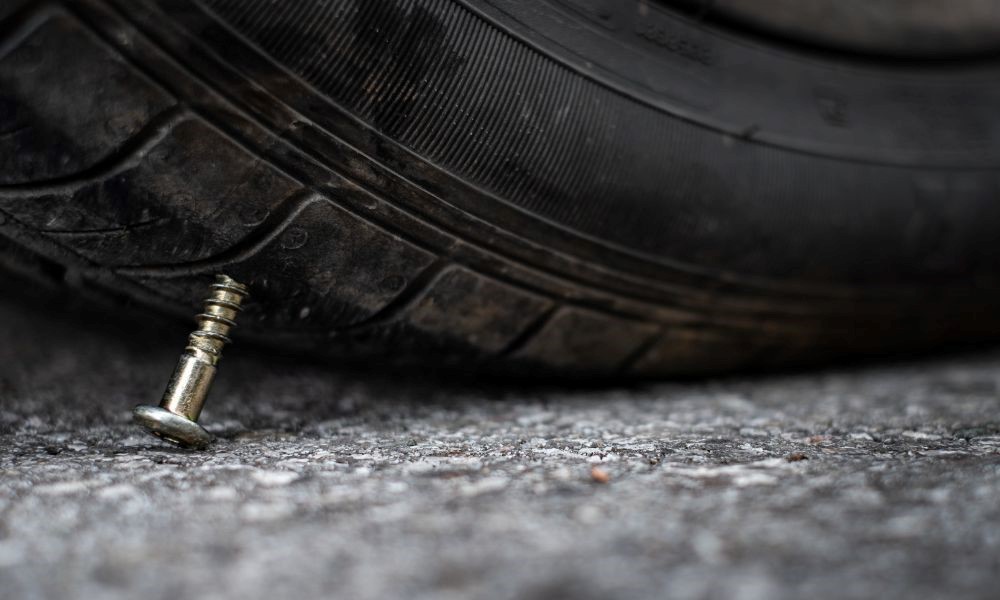
There are a variety of reasons your tires may become damaged and suffer from slow pressure leaks, and it can be difficult to spot those leaks before they turn into larger problems. However, it’s a lot easier to tell when something may be off if you understand the common causes of slow tire leaks and how to fix them before they endanger your safety.
Tire Punctures
If your car were to go over something sharp on the road, such as a stray nail, you might expect the tire to pop and go flat immediately. However, it’s far more common for the item to end up lodged in the tire grooves, allowing a small amount of air to escape over a long period of time. The smaller the puncture, the slower the air release and the less noticeable the leak. As such, many people don’t realize their tire has been punctured until it becomes entirely flat.
Rim Damage
If one of your rims becomes bent or cracked—whether from hitting curbs, accelerating over speedbumps, or hitting potholes—air may begin escaping where the tire bed makes contact with the tire rim. Because damage or deformation of the metal may look minor or not be visible at all, many car owners are unwilling to pay for replacements because they’re so costly. Luckily, with third-party retailers like WheelerShip, you can find replacement rims that are high-quality and affordable. This is especially helpful if you have an older vehicle, as we provide a range of rims for such models, like the Chrysler 200 and more.
Valve Stem Damage
Valve stems are the little nubs on your wheels that allow you to inflate and deflate your tires. If these stems become worn out or damaged, they may create a leak for your wheel that slowly hemorrhages air over time.
Fixing the Leak
Now that you know the common causes for slow tire leaks, how do you fix them? In most cases, your car’s tire pressure monitoring system (TMPS) will be the first to spot a leak, detecting and alerting you to an issue. The best thing you can do is take your car to a local tire shop for thorough, professional repair.


